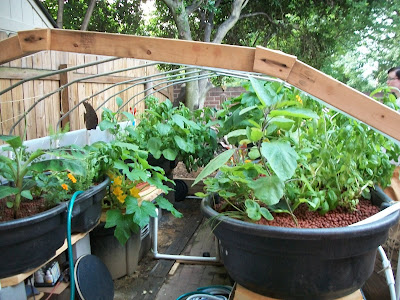Home made pasta, aka fresh pasta, we show you how to make a home made pasta recipe in the GF cooking video. Pasta from scratch is not hard, there’s just a few steps to get it right. Homemade pasta tastes different from store bought pasta, and when you make it yourself, there are infinite variations possible. neat.
There’s a good chance you have a pasta machine in the basement, an xmas gift from a while back that you never got to, so you’ve got the equipment. If you don’t have a pasta machine, check out these pasta machines
or the links at the bottom of this article.
My technique for making home made pasta is based on a method Jamie Oliver shows us in his book, Cook with Jamie: My Guide to Making You a Better Cook
– a book I really like, BTW.
Home Made Pasta Recipe ©2012 Eric Rochow
100 Grams all purpose or Italian “OO” flour
1 egg
For homemade pasta, you can use either all purpose flour or an italian flour labeled “OO”, i believe its a finer grind flour, but if you can’t find it, all purpose flour works fine.
The ratio that I’ve found works best is 100 grams of flour to 1 egg. If you are making fresh pasta for 4 people, I’ve found 300 grams of flour and 3 eggs works well.
Put the flour and eggs in a food processor, and pulse until the flour comes together and looks like small pebbles.
Dump the pasta dough mixture onto a floured board, and collect the flour into a ball.
Now knead the dough by stretching the dough out and folding it over on itself. Its best to watch our how to video to see this. Knead for 5-8 minutes
The dough is kneaded when you press your finger lightly into the dough and the dough fills out the dimple you’ve made again, the dough bounces back.
Shape the dough into a rectangle, wrap in plastic wrap, and put in the fridge for at least 30 minutes, longer is better.
Take the dough out of the fridge and cut into square pieces about 3″ x 3″, 3/4″ thick. how many pieces you will have depends on how much flour and eggs you mixed together.
Take one of the dough squares and run it through your pasta machine at its widest width. Fold the dough back over on itself in thirds, like folding a letter into an envelope.
You will now run the dough through each width setting on the machine, holding the dough so the folds are on the sides. You may need to flour the dough when rolling it through the machine to keep it from sticking.
After you have run the dough through the machine at its smallest width, take the dough and fold it back on itself until it is about 4″ wide or so, you want a width that is small enough so you can run the dough through the machine again.
Run the dough the machine again, starting at the widest width and progressing through to the narrowest setting. Note: some machines have a real narrow final width, you may not want to get the dough that thin, it depends on what kind of pasta you want to make, and how thick you want it to be.
You can cut the dough in half if it gets too difficult to work with. And you can flour the dough as needed.
You are now ready to run the pasta dough through the die cutters to make various kinds of pasta, or you can hand cut it on a board, or you can make ravioli with the dough. I’ve found it works best to let the pasta dough rest under a towel for 10 minutes or longer before running it through the pasta cutters, you may need to flour the dough again, you want it quite dry.
The flour you use for dusting can be whole wheat or semolina or just regular flour. I’ve used whole wheat thinking it gives a bit of a nutty taste to the pasta, but maybe i’m just fooling myself.
Once you cut your pasta, you can drop it into boiling water or let it dry on a dowel or broomstick set between two chairs. Fresh pasta can take 3 minutes to cook, or 8 minutes, it all depends, you’ll have to keep an eye on it.




















































